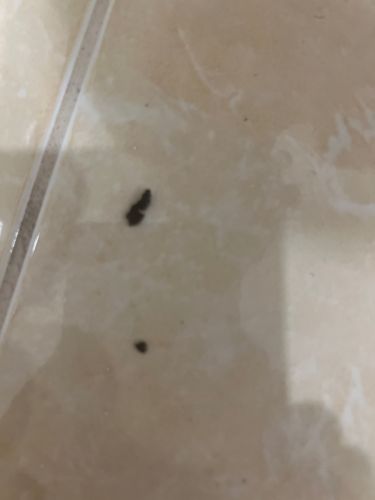Slug
Scientific Name: Various species within Gastropoda (subclass Heterobranchia, informal group Systellommatophora or clade Stylommatophora)
Order & Family: Stylommatophora (order), various families like Arionidae, Limacidae, etc.
Size: 1 cm to 25 cm (depending on species)

Natural Habitat
Damp, dark environments; gardens, under logs, leaf litter, basements, bathrooms, especially after rain.
Diet & Feeding
Herbivorous and detritivorous; feed on decaying plant matter, fungi, algae, and tender plant leaves. Some larger species may eat earthworms or other slugs.
Behavior Patterns
Nocturnal; active during damp conditions. They move by secreting a layer of mucus and using muscular contractions across their foot. They leave a slime trail behind them. Hermaphroditic, meaning each individual has both male and female reproductive organs.
Risks & Benefits
Risks: Can be garden pests, damaging young plants and crops. Some can carry parasites like lungworm, which can be transmitted to pets. Benefits: Decomposers, breaking down organic matter and enriching soil. Can be a food source for other animals.
Identified on: 9/26/2025